RE: Topiary - gives you THE look, but it's not for the lazy gardener.
The art of Topiary pruning. ... Made more formal with Topiary pruning trees and bushes to the art of making decorative forms as formal or informal. Was first applied by the ancient Romans.
Topiary is the art of clipping evergreen trees and shrubs into symmetrial shapes and is as old as gardening itself dating back to ancient Egypt. These days it is used in classic and contemporary gardens alike either as individual plants, or often as a close matching pair of plants, or as block planting as in a parterre or knot garden.

Topiary, the training of living trees and shrubs into artificial, decorative shapes. Thickly leaved evergreen shrubs are used in topiary; the best subjects are box, cypress, and yew, although others—such as rosemary, holly, and box honeysuckle—are used with success. Topiary is said to have been invented by a friend of the ancient Roman emperor Augustus and is known to have been practiced in the 1st century CE. Earlier references to it are lacking, but the art probably evolved over a considerable period from the necessary trimming, pruning, and training of trees. The earliest topiary was probably the simple shaping of dwarf-box edging and the development of cones, columns, and spires of box to give accent to a garden scene. This architectural use gave way early to elaborate representationalism; shrubs were shaped, for example, into ships, huntsmen, and hounds.In the 18th century topiary was called the art of the tree barber; but its practitioners say it is, rather, the art of the tree mason and leafage sculptor. It has always been of limited application in places where sculpture in stone was cheap or expense was no object; the best examples are seen not in Italy or the princely gardens of France but rather in England and the Netherlands, where suitable plants flourished and where stonework was costly.
Topiary is ephemeral. Although there are surviving examples that are probably several centuries old, most traditional topiary gardens are replacement plantings.
The species that are suitable for topiary are all evergreen, slow growing (to hold their shape for a long time), dense, and for some shapes, they are species which grow with strong, straight stems.
These days, topiary shaping is as much science as art - plants are photographed from all angles and then a computerised trimmer (like a robot) snips all around the foliage to create a symmetrical shape.
This is one of the best examples of topiary we have ever seen. The way the water is incorporated in brilliant.
to this weird topiary of Mickey being boosted over a wall — all covered in creeping fig (Ficus pumila)!
Murraya
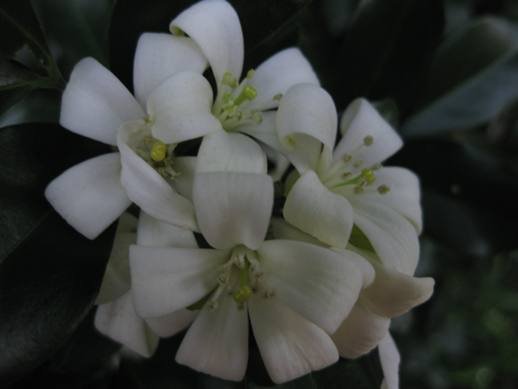
This is a very useful evergreen shrub for sdney gardens,which can be formed into hedges or topiary.
Of course Disney always has some of the best topiary in the world.
You look down from your balcony and behold this wonderful garden. You have arrived in paradise and the surrounding greenery awakens the senses.
This view is stunning and who wouldn’t want to stroll through this garden.
Imagine strolling through this magnificent garden on a sunny day. The shapes and vitality are breathing life into you.
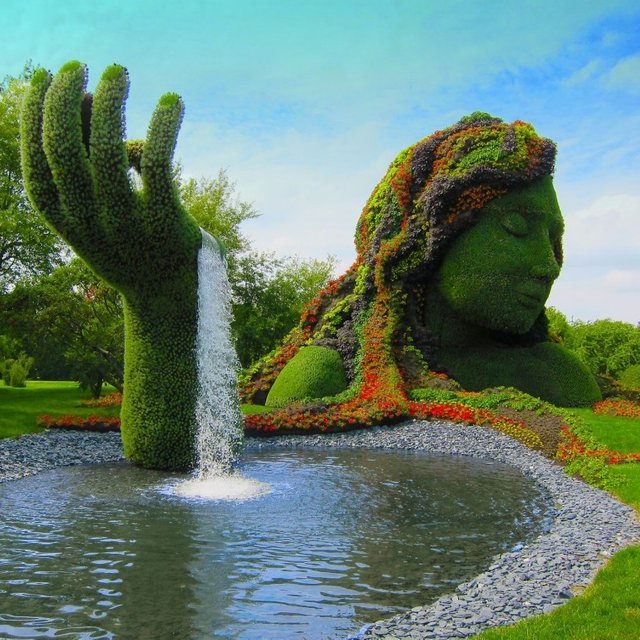
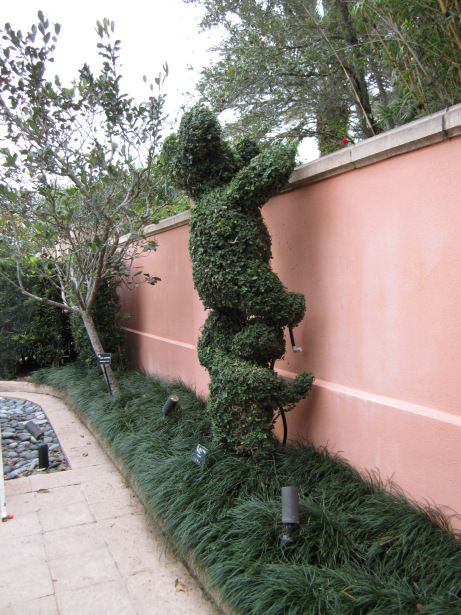
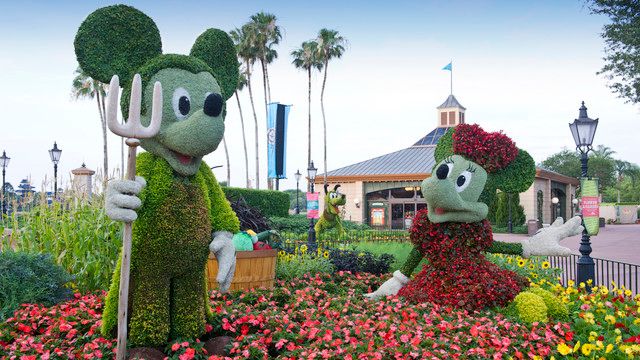
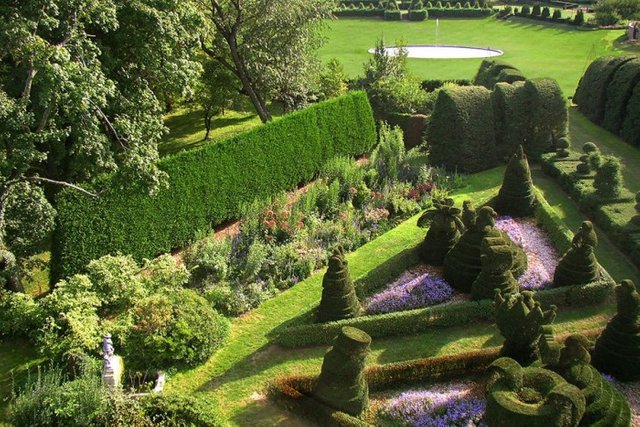
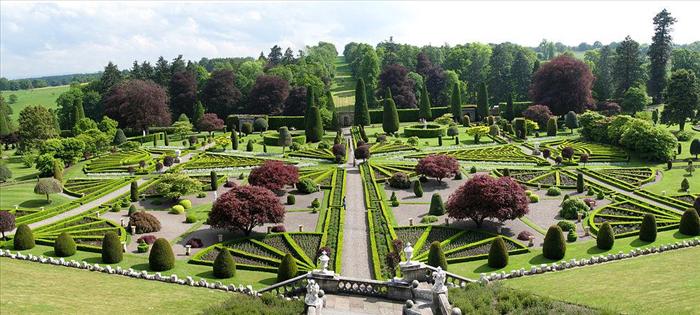
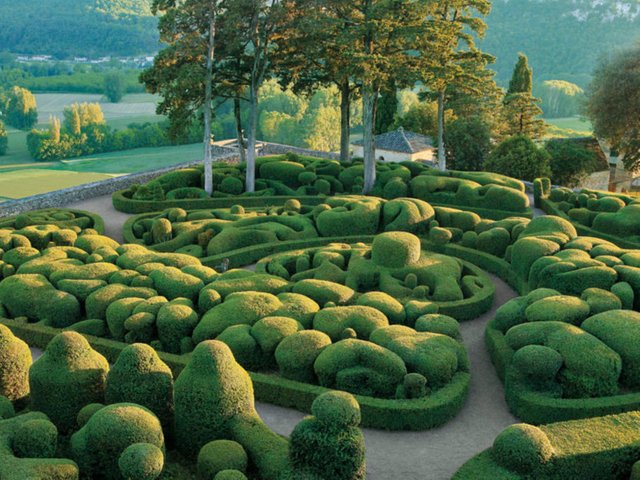
Excellent , very nice Topiary gardens.